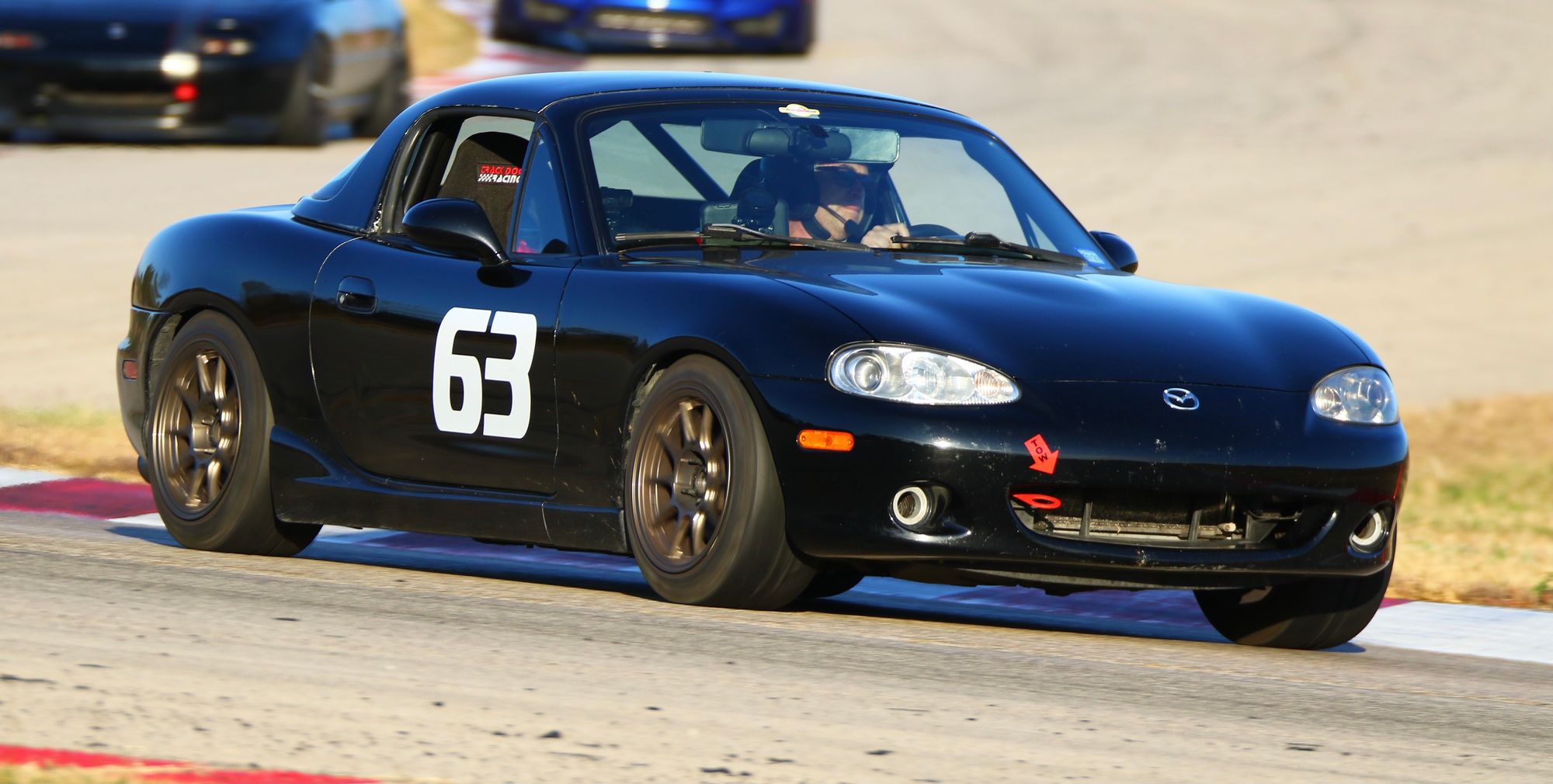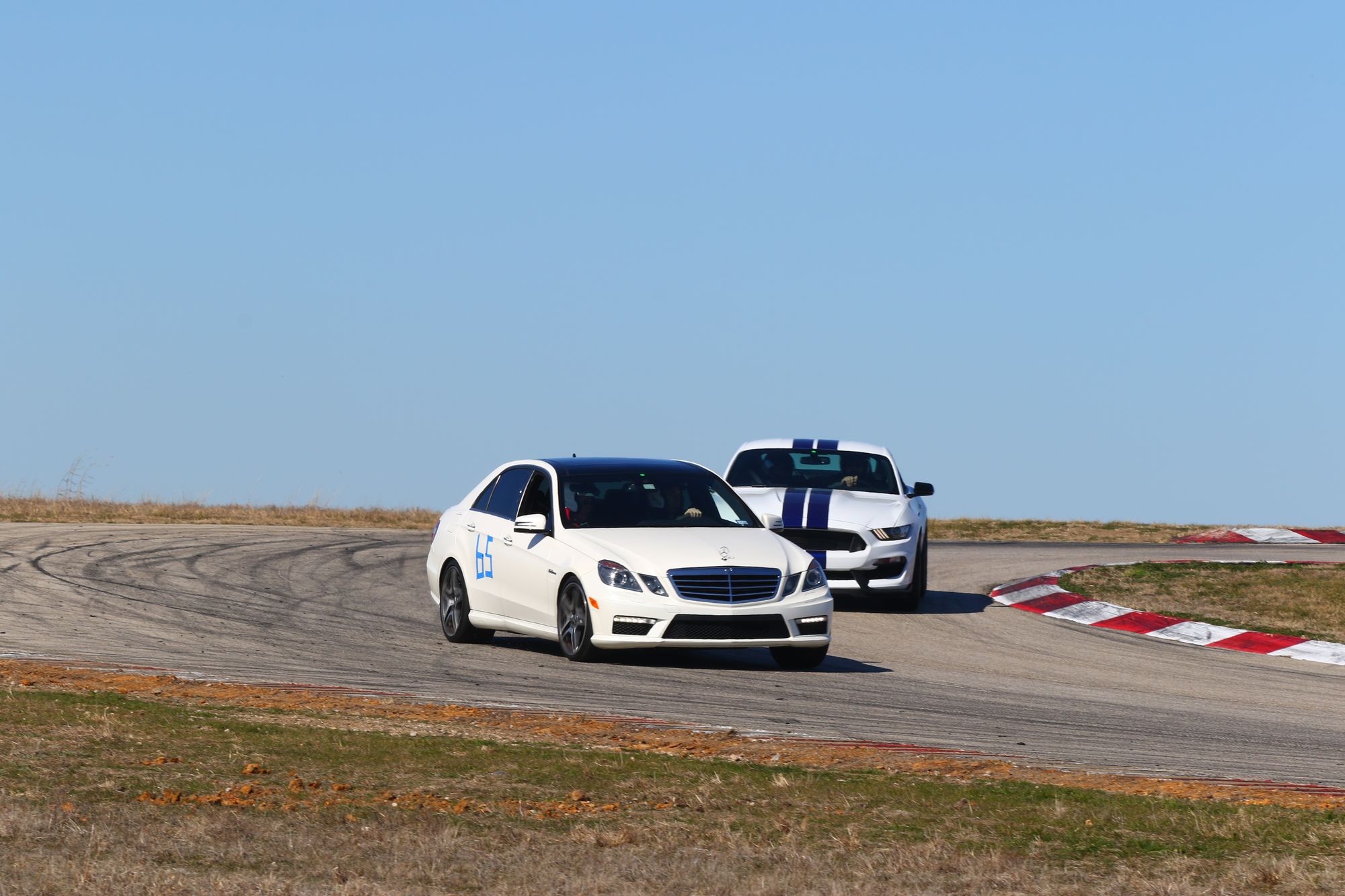Your First HPDE - Getting On Track
I started track driving about 5 years ago. It's expensive, noisy, and non-productive. Its also one of the absolute purest joys of my life. If you're interested - even if you don't think you could ever do it - read on!

Like so many things, its easier to get started in tracking if you have a close friend who's already into it. If you do, go and talk to them! If not though, let me help.
There are many different reasons for wanting to become a better driver, from a one-time experience, getting into racing to just giving yourself a chance to build new muscle memories and habits that will make you safer every time you get behind the wheel for the rest of your life.
You'll need a car
The short answer is to “run what you brung.” Getting out on track in any car at all beats not being on track because you don’t have a perfect vehicle.
Realistically, you want to start with a reliable coupe or sedan. Convertibles are sometimes allowed, but most reputable TDOs (Track Day Organizers) are going to insist that they have rollover protection, either from the factory or aftermarket. Performance models or variants are more likely to have better brakes, which are far more important than engine power or suspension.
Plenty of people start with their daily drivers. If you’re interested in the sport, you’re probably already driving something zippy, but there’s nothing wrong with bringing an old Civic or Mazda 6 along to have some fun.

Don't worry about bringing a "slow" car either. While there's something undeniably fun about mashing your foot to the floor and hitting speeds you should never get to on a public street, the true fun is in the corners and that's far more about driver skill than anything else, even tire compound. Now that I've got a few years under my belt, I'll admit that there are few things that make me giggle more than getting into my 95hp Miata and chasing down and passing an M3, C6 or Cayman driven by an overly cocky novice...
Manufacturer Days
If you don’t feel like driving your own car, for whatever reasons, you can try a manufacturer day. Chevrolet, BMW, AMG and others put on events where you can just show up and they take care of everything - you’ll drive their cars, use their safety gear, and probably have a ton of fun. You won’t have to worry about wear and tear, and their instructors tend to be quite good. The downside is that they’re more expensive than most track days, often $1,000 or more vs. a typical $300-400 HPDE weekend, and you may not get as much high speed track time as you would otherwise.
Signing up
Check google and local Facebook groups - search for HPDE and your local area. If you know of a local track that would be a great place to start. Once you find a group you can figure out where they run, and then search for the name of that track and HPDE to find other people who might go there.
SCCA’s Track Night in America can be a good program to get your feet wet, but whatever you find, reach out to them over email and tell them that you’re a novice who’s interested in a first day and see what they recommend. Some tracks are much more forgiving than others, for example. You should expect to hear that they’ll be assigning an instructor to you for the weekend - they’ll sit in your passenger seat and work with you every session.
A word of warning - in many parts of the country, novice groups fill up really fast, sometimes within minutes. Once you’ve found a weekend that you want to go for, make sure that you get signed up shortly after registration opens. That may not be necessary, but it won’t hurt anything and will help to guarantee your spot.
If its not local to you, don’t forget to reserve a hotel room either! Plan on getting their on Friday evening if at all possible. You may want to stay over Sunday night too if you can - you’ll likely be quite tired at the end of the weekend.
Inspection and Vehicle Prep
You should receive some information after signing up about vehicle condition, probably an inspection form. Follow the directions, but generally you’ll want to go to a local mechanic and have them check out your car - this should cost $25-30 or so - and sign off on it. They’ll let you know if you need new tires before heading out, for example. If you don’t have a good local mechanic, the organizer will likely be able to recommend one in your area who’s used to working on street/track cars.
In general, things should be in pretty good shape. Your tires will need to have at least ½ of their tread remaining, and you should have a good amount of brake pad left too. You will probably need to do a brake fluid flush - most street cars do, they just don’t get themselves into situations where its important - using a high quality DOT4 fluid like Motul RBF 600 will help guard your braking system against overheating.
If you do need new pads you can choose to go with a higher performance pad, but do keep in mind that they’ll be noisier and dustier than your regular street pads. Talk to your friendly track-aware mechanic about your options if you’re not sure. Many people swap between street and track pads between events, but there will be a nominal fee for this.
Mental prep
One of the trickier things to do on your first visit is to learn the track. Even though it will only have 10-20 turns, your brain will be taking in all kinds of new information! Find out what direction you’ll be driving (clockwise or counter-clockwise), then search for lap videos on YouTube and watch as many as you can. This will give you a decent idea as to the course, and where you’ll be turning. Don’t worry about memorizing details, you’re just looking to get the basics down.
Your organization will send you an email before the event letting you know when and where to check in and when your first information meeting is on Saturday morning. Those meetings are vital, and usually mandatory, so don’t be late!
Finally, try to get a good night’s sleep.
On the Day
Show up early to get a parking spot - that will be your base for the weekend - and get checked in. You’ll probably get a wristband to wear on your left wrist, and a sticker of some sort for your car. If you have the chance to do this the evening before, it will save time on Saturday morning.
Plan to be at the track at least 30 minutes before the Drivers’ Meeting first thing in the morning. You’ll need to empty out your car (don’t forget the floor mats), check the oil, and clean the windshield at the very least. Set up a comfortable chair, put up your awning if you have one, and try to relax. At the meeting they’ll tell you how to find your instructor and give you a final schedule for the weekend.
Each day you should expect 4 or 5 on track sessions lasting 20-30 minutes each, and 2-4 classroom sessions. Even if they’re optional - and they really shouldn't be for novices in a good program - don’t skip the classroom portions! You’ll be learning technique to save time on the track, and also going over what happened in the previous on-track sessions.
Everything varies, but your very first session will often include having your instructor take you around the track for the first 2-3 laps to get your bearings, followed by a trip through pit lane to swap around and get you into the driver's seat. After that, you're in control! Not to worry though, passing will be by invitation of the lead car at all times (they'll cover how to signal someone behind you when and where to pass in the drivers meeting and your instructor will be helping too) and you'll be ready to start down the path of a whole new hobby.
Have fun!
Seriously, if you’re on the fence about this, just sign up for a weekend and give it a go. Its safe, its fun, and if it’s not for you then at least you’ll know that. If it is for you, this could be the start of a wonderful hobby, full of speed, friendships, and toys!
